
Category:
Time:
Background: Studies indicate that milk consumption may reduce risk of overweight. The mechanism behind is not well-documented, but the protein ANGPTL4 may play a role. ANGPTL4 is known to inhibit uptake of lipid from blood stream to adipose tissue. Butyric acid upregulates ANGPTL4, and as milk is one of a few food sources containing this fatty acid, we studied the effect of milk on ANGPTL4 in pigs. Metabolomics was used to reveal possible underlying mechanisms.
Results: Our in vitro studies showed that free fatty acids (FFAs), especially short and medium chain FFAs, induced ANGPTL4 gene expression and protein secretion. In pigs fed milk, small intestinal ANGPTL4 gene expression was increased compared to the control group. Long saturated FFAs (C14-C18) were more abundant in the last part of the large intestine and in feces in the milk supplemented group. This may be a consequence of increased ANGPTL4 secretion from the pancreas to the intestine resulting in a reduced lipolytic activity. At the same time, short and medium chain FFAs (SMCFFAs) (C4-C12) were excreted to the urine indicating a quicker uptake of those compared to the long chain FAs. Their presence in urine might be a result of a homeostasis process. Furthermore, two ω-oxidation products of medium chain FAs were observed in the milk group, indicating higher rates of the energy expenditure, which may eventually reduce the gain of body fat.
Conclusion: Consumption of milk may reduce lipid uptake and storage and increase rates of energy expenditure.
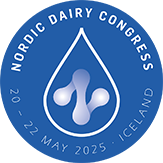






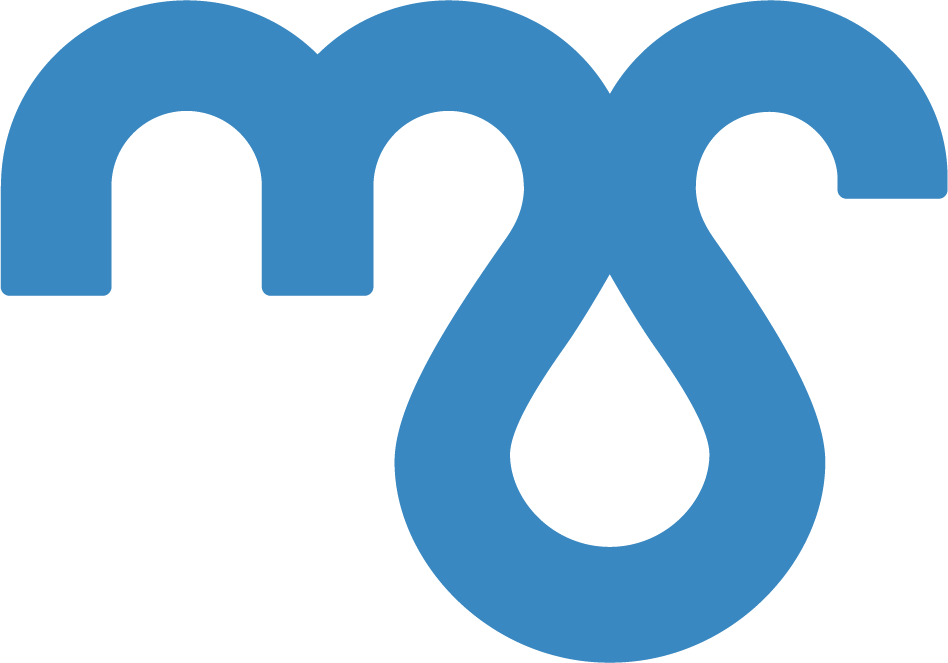

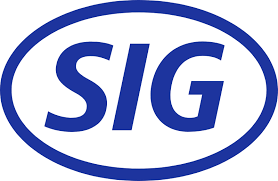




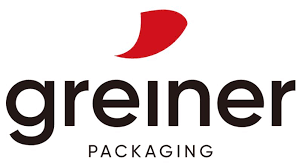
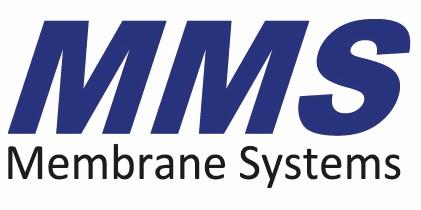


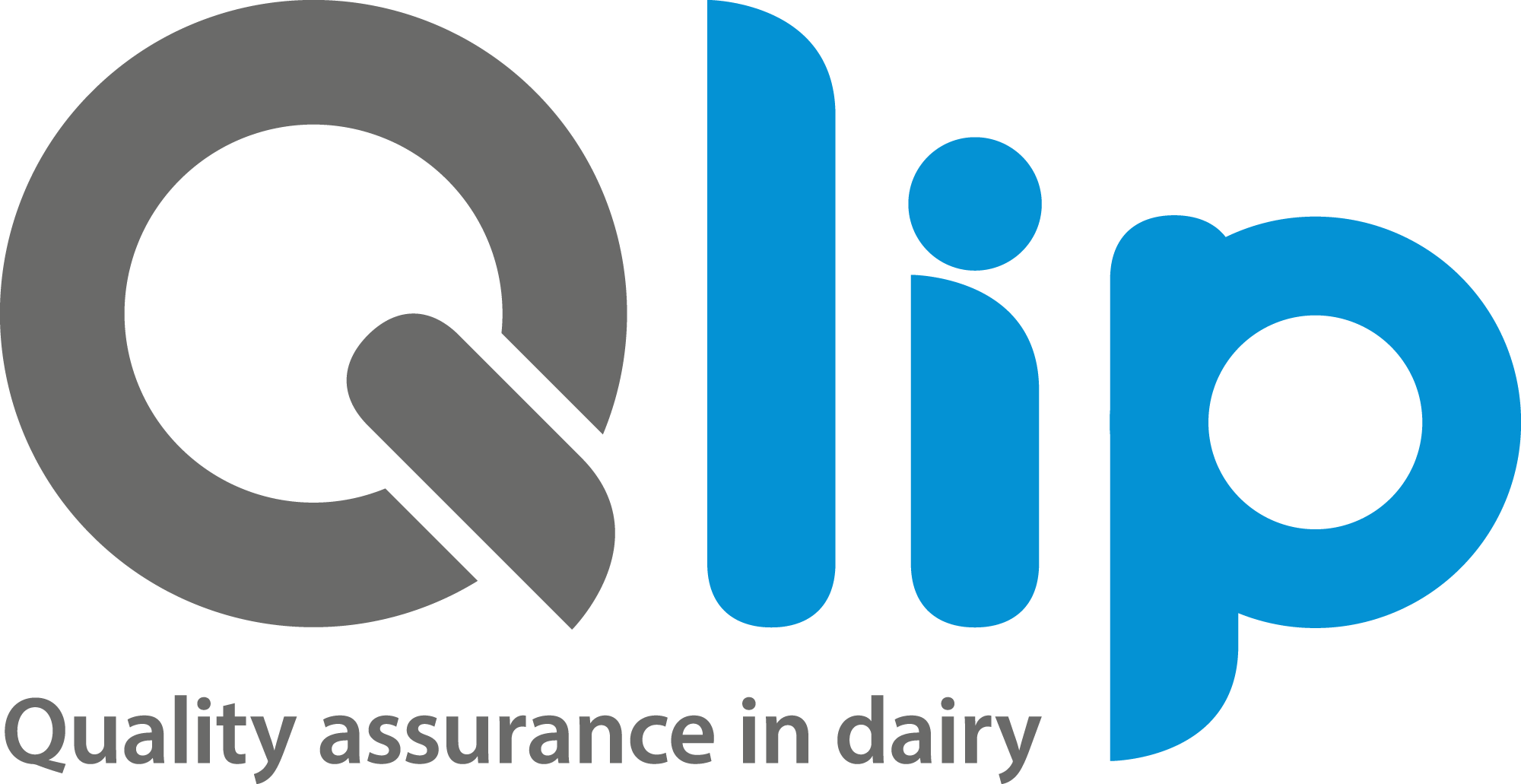
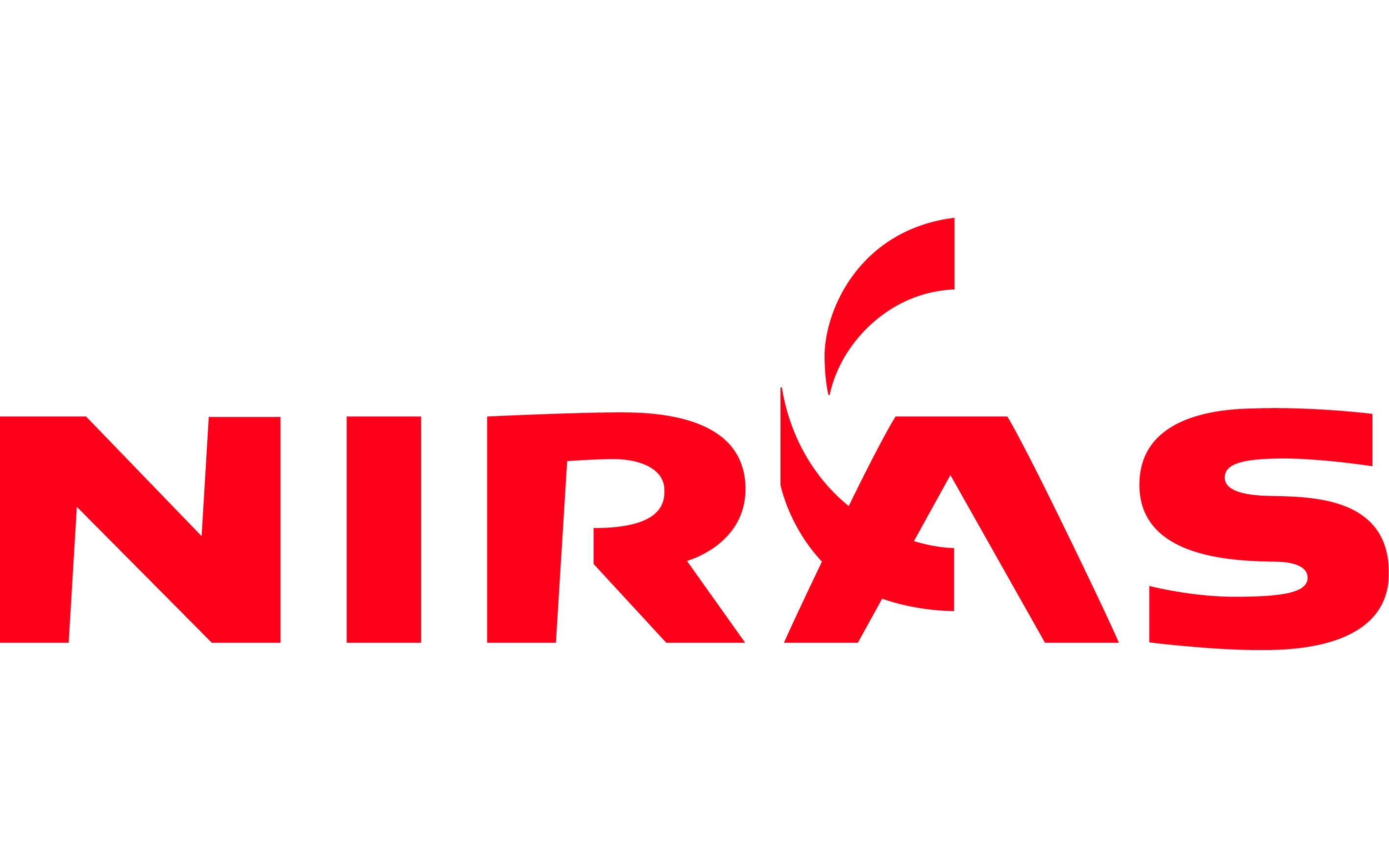









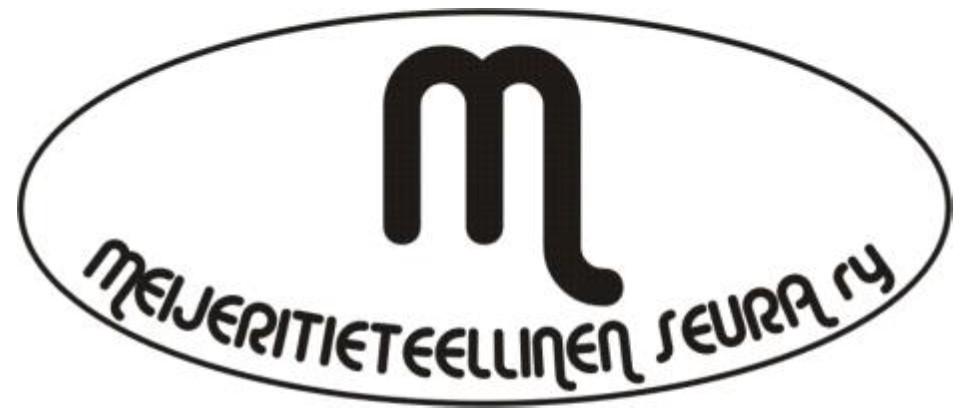
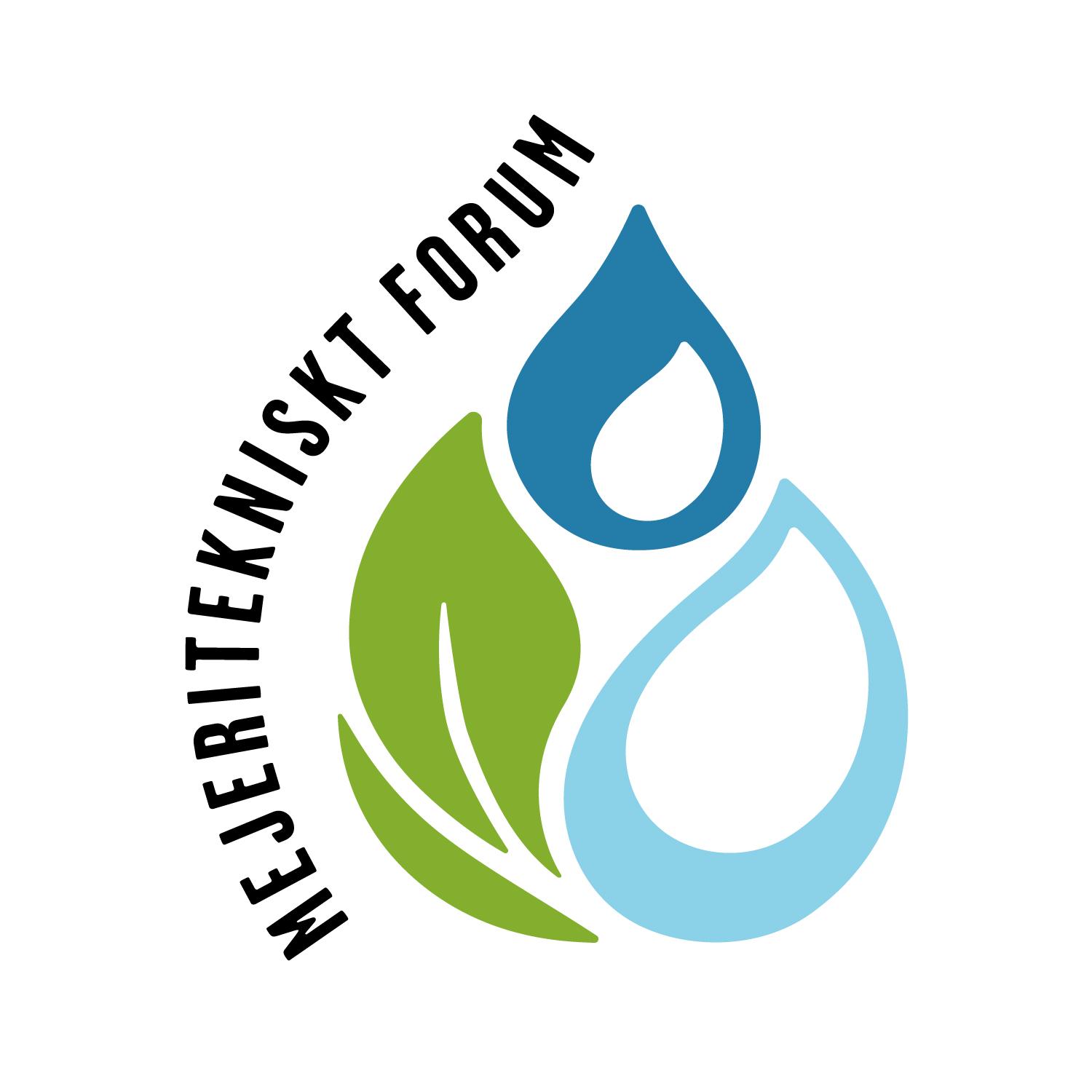
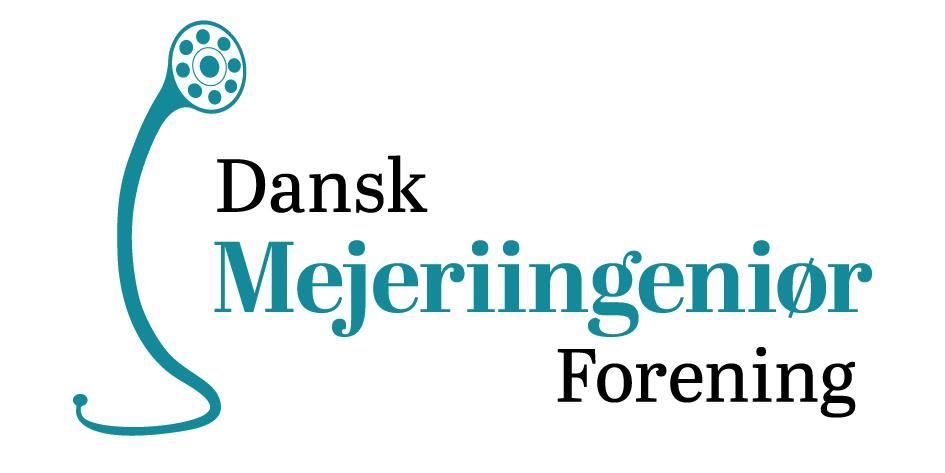
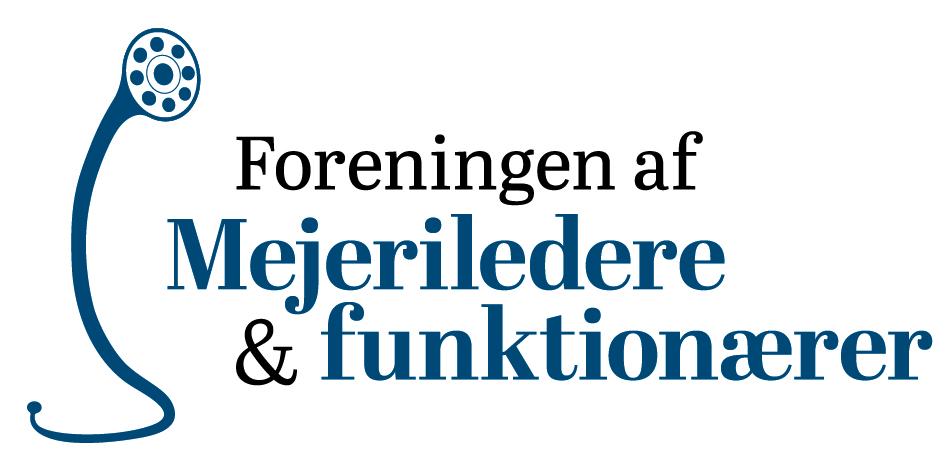



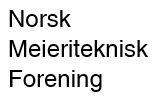
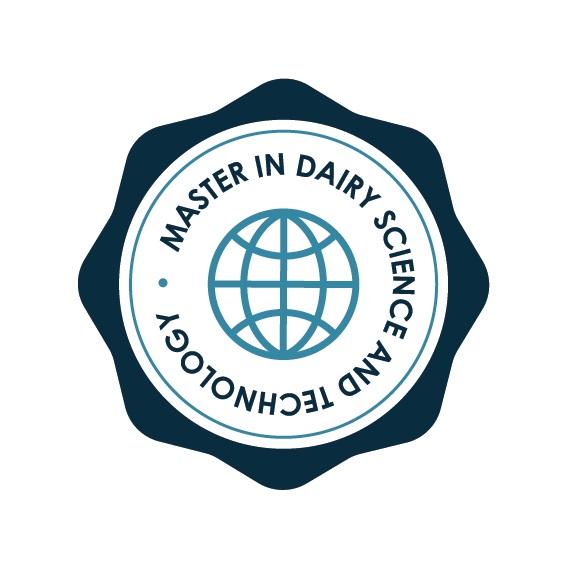


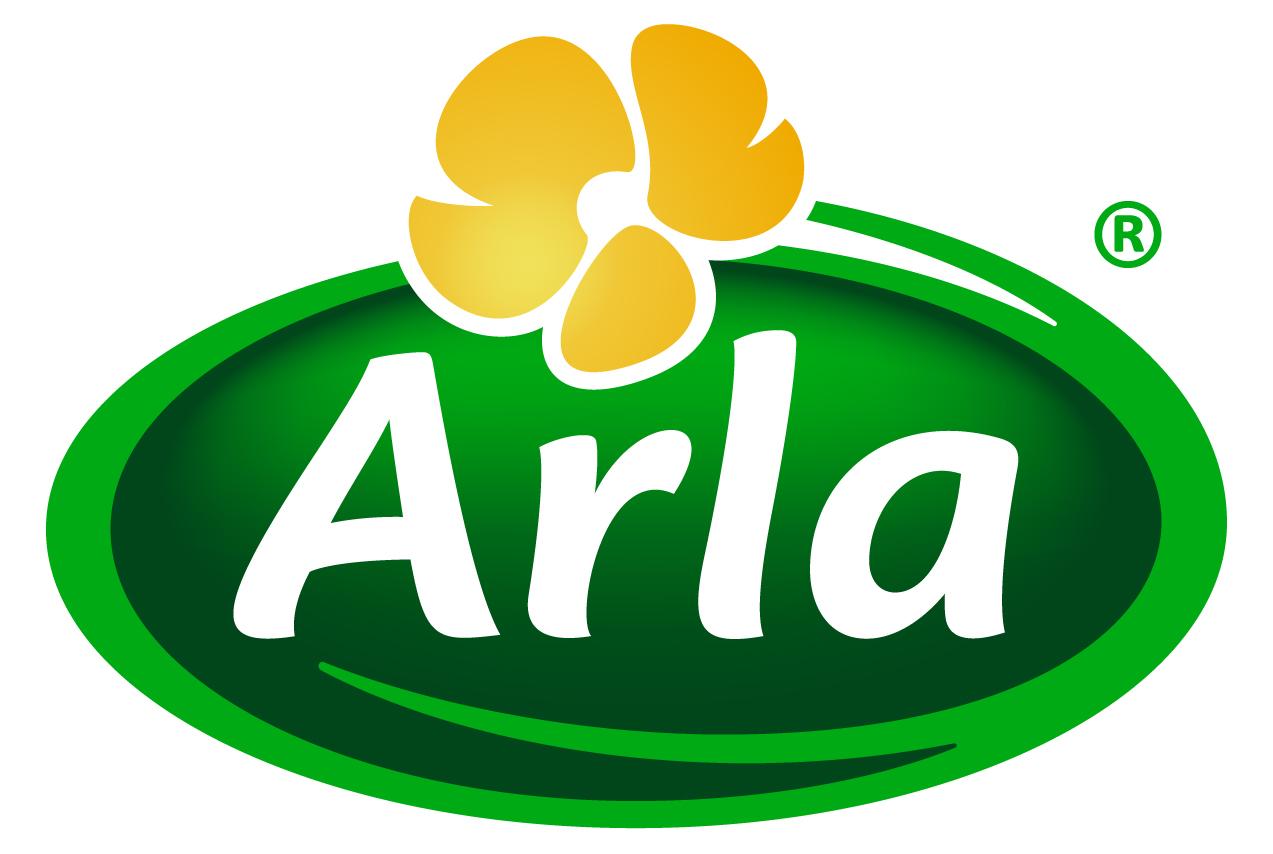

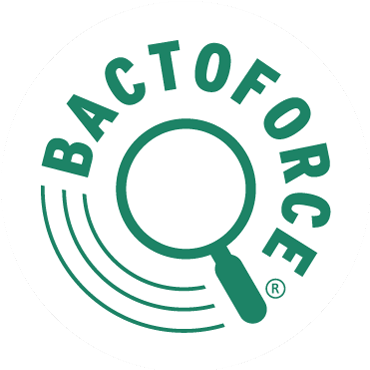

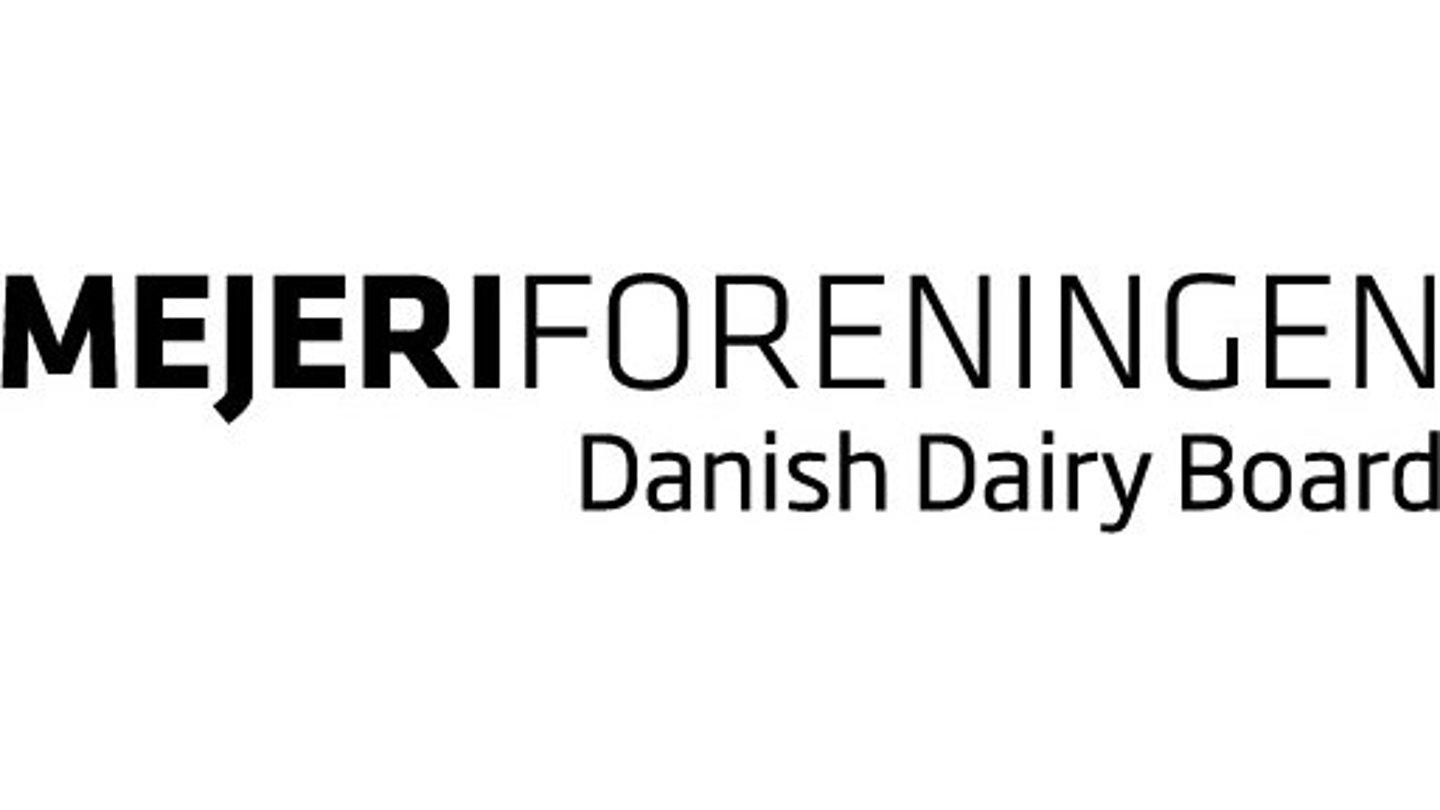
 Munkehatten 28
Munkehatten 28